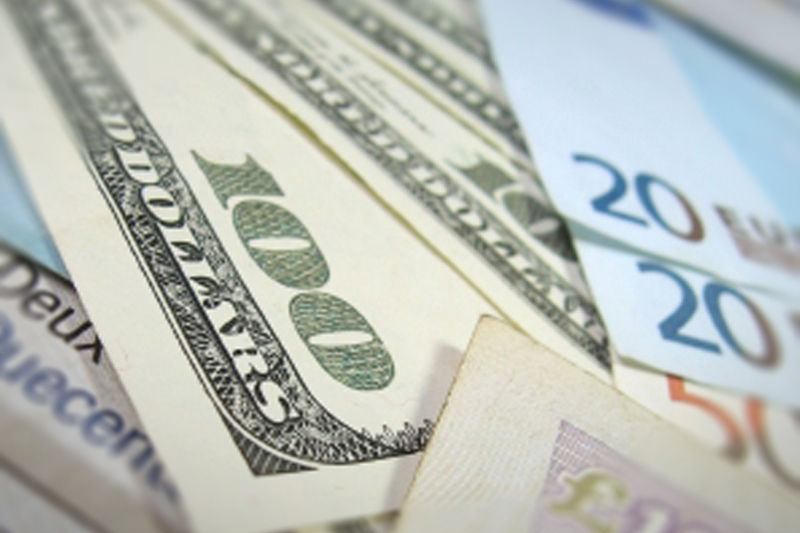Investing.com -- EUR/USD fell sharply early on Thursday evening after Federal Reserve chair Janet Yellen sent strong indications that the U.S. central bank will likely raise short-term interest rates at some point this year.
The currency pair wavered between a low of 1.1165 and a high of 1.1296 before settling at 1.1181, down 0.0052 or 0.46% on the day. The euro has now fallen against the dollar in five of the last six sessions. Over the last month of trading, the euro is down by more than 1.6% against its American counterpart.
EUR/USD likely gained support at 1.1086, the low from September 3 and was met with resistance at 1.1442, the high from Sept. 17.
In prepared remarks for a speech at the University of Massachusetts-Amherst, Yellen emphasized that most of her colleagues will likely support raising the target range for the Federal Funds Rate at some point this year. Yellen's stance represents a stark contrast from her position last week when the FOMC only disclosed that 13 of 17 of its members were in favor of raising rates this year. Yellen had not personally associated herself with a rate hike since July.
Citing the negative effects of global economic weakness on U.S. inflation, the FOMC voted last Thursday to leave its benchmark Federal Funds Rate at its current level between zero and 0.25%. The Federal Funds Rate, the rate at which banks use to lend to other institutions on overnight loans, has remained at its current "zero-bound level," since December, 2008.
At the same time, the Fed downgraded its median inflation forecasts at the meeting to 0.3% for the end of 2015, while lowering inflation expectations for the end of next year to 1.7%. The Fed now expects that inflation will not reach its targeted goal of 2% until 2018. Long-term inflation has remained under the Fed's goal for every month over the last three years.
On Thursday, however, Yellen noted that the inflation shortfall is likely to be transitory, as one-off factors such as lower energy prices and weaker imports due to a stronger dollar abate. Yellen added that inflation should reach the Fed's 2% target when the labor market returns to full employment.
Since the closely-watched decision, a host of Fed governors have adopted a relatively hawkish stance, providing signals that the U.S. central bank could be on the verge of policy normalization. Over the weekend, San Francisco Fed president John Williams emphasized that the FOMC's decision to leave rates unchanged for a 55th consecutive meeting was a "close call," dropping hints that the Fed could raise rates before the end of the year. Addressing a conference on the U.S.-China financial system, Williams said the U.S. labor market could reach full employment in the "near future," even though inflation still remains far below the Fed's expectations.
Shortly thereafter, St. Louis Fed president James Bullard, a non-voting member, told CNBC that he would have dissented if he had a vote last week, citing ample accommodation in the system to offset potential deflation. While supporting the FOMC's decision last week, Atlanta Fed president Dennis Lockhart, meanwhile, did not rule out a rate hike by the end of the year.
Yellen added that it is prudent to tighten monetary in a "timely fashion," and that interest rates should be boosted at a "gradual pace," after the initial hike. The first hike, Yellen said, only has minor implications on the markets, paling in comparison to the "trajectory of rate increases," on a long-term basis.
The comments came one day after European Central Bank president Mario Draghi said he was unsure on whether it will extend the length of its comprehensive asset-purchasing program due to continuing uncertainty in the global economy.
